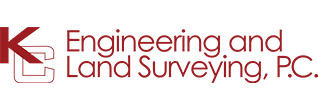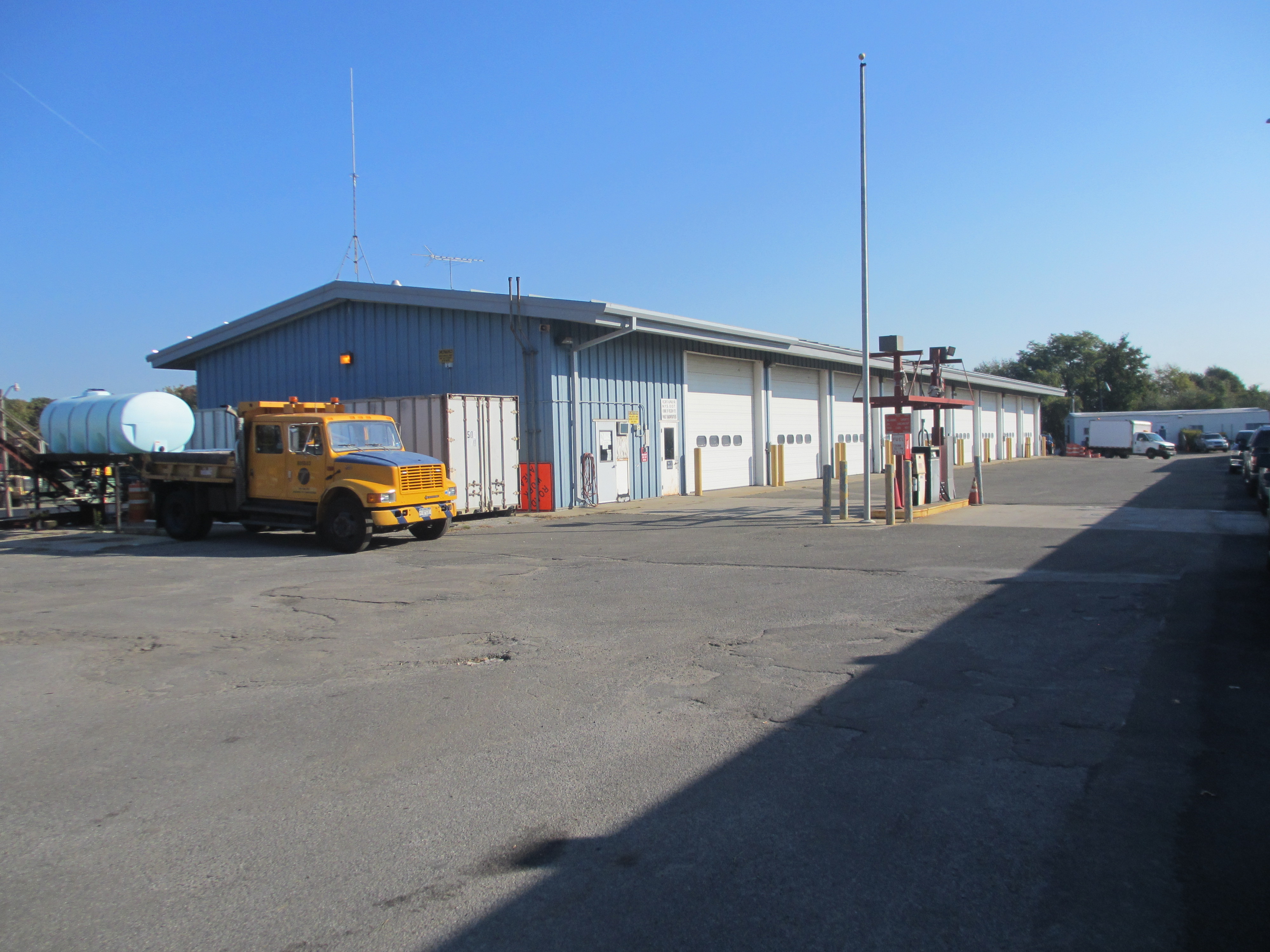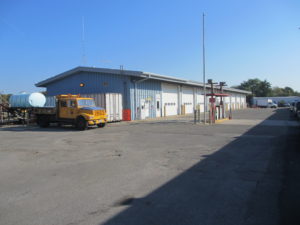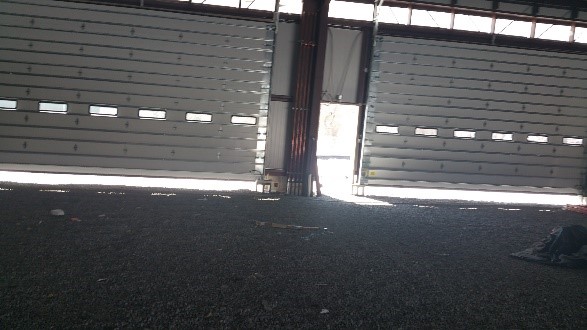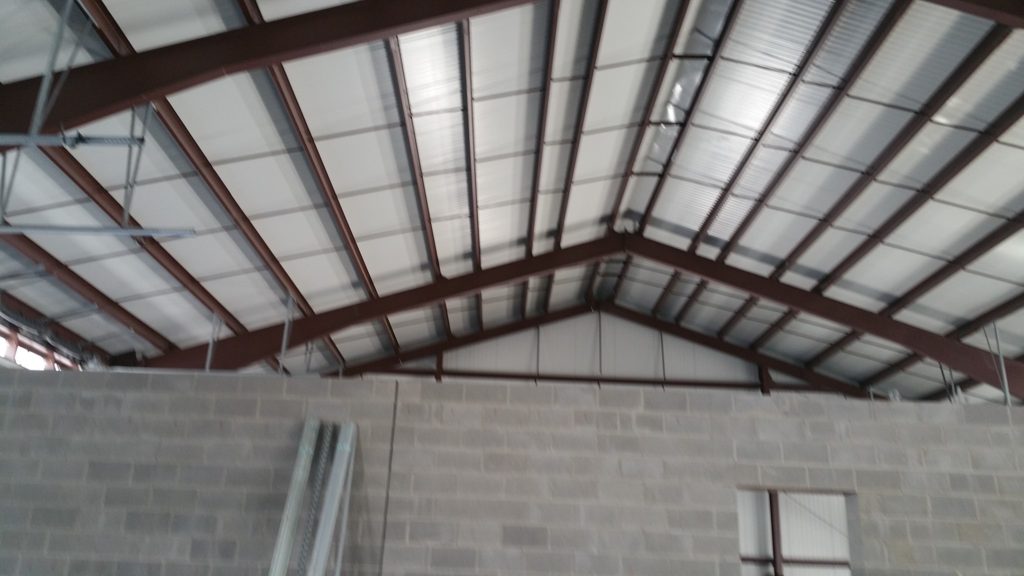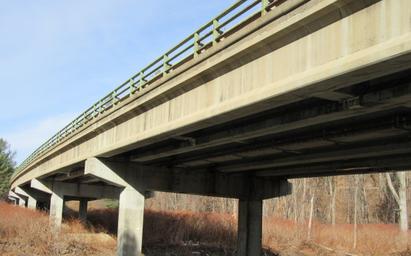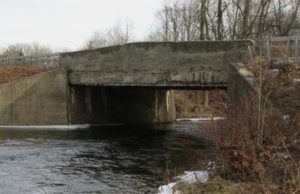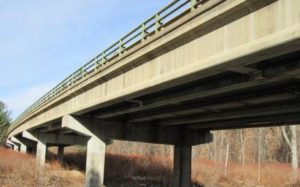Regardless of any lingering chill in the air, spring has officially sprung and most homeowners are happy to trade in their snow blowers for lawn mowers.
This is the time of year when people start to make landscaping and gardening plans. Not only is April the first full month of spring, it is also National Safe Digging Month.
While many homeowners may be thinking about planning gardens, starting home improvement projects, and sprucing up their properties, it’s important to remember to call 811 before ANY dig.
811 is a national hotline that allows property owners, landscapers, and others to find out where they can safely dig.
Whether you’re getting ready to excavate your backyard in order to add an in-ground pool, or want to plant some flowers, no digging project – no matter how small – should be started without first calling 811.
Why? Because utility lines can be buried just a few inches underground, and without ensuring that the spot you’re digging in is free of utility lines, you could unintentionally damage them. In doing so, you could wind up damaging property, inadvertently causing power outages, and incurring costly fines and fees.
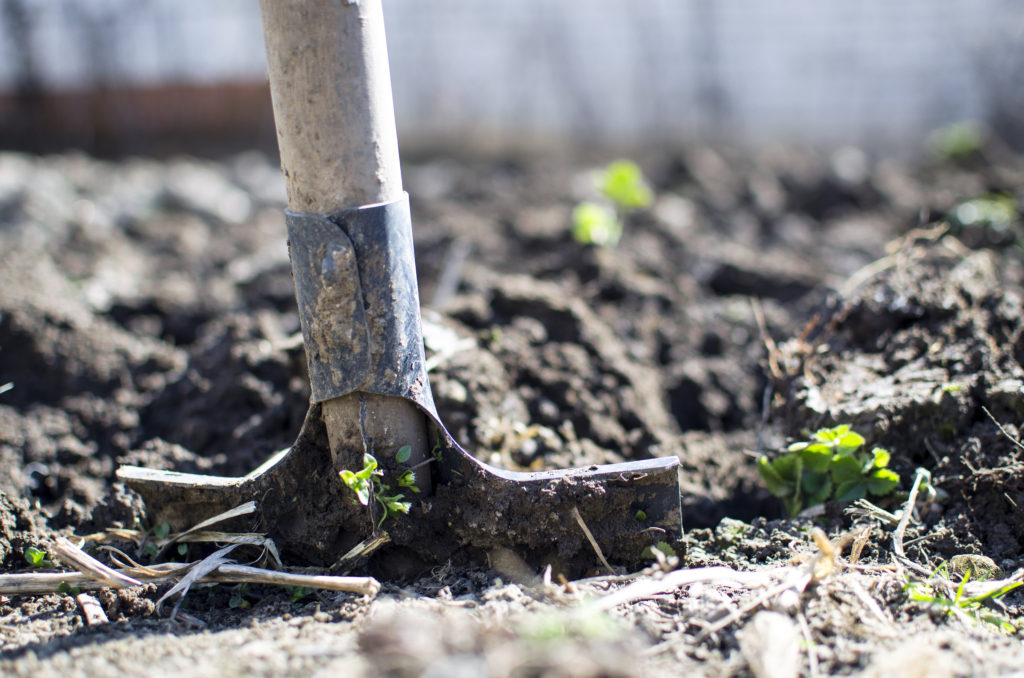
So how does calling 811 work?
First, make the call at least a few days before you dig. Let the representative know exactly where you plan to dig. They will then notify your local utilities operators. The utilities workers will come to your property and mark out where any utility lines are buried.
Once any utility line locations have been marked, you can plan to avoid these areas and safely proceed with your project.
Once your project is complete, you can enjoy the results of your hard work!
For more information about safe digging, visit http://call811.com/.
